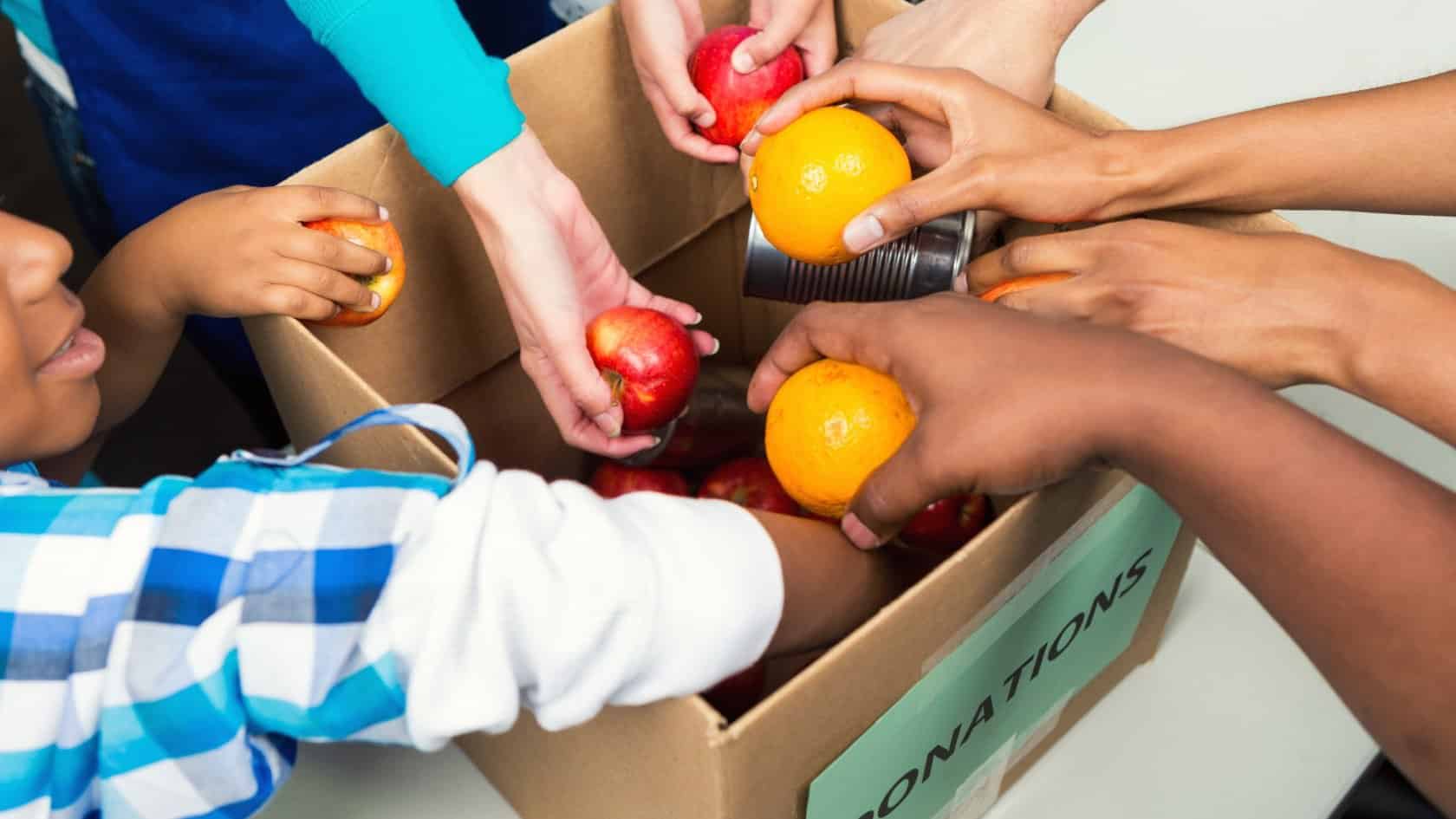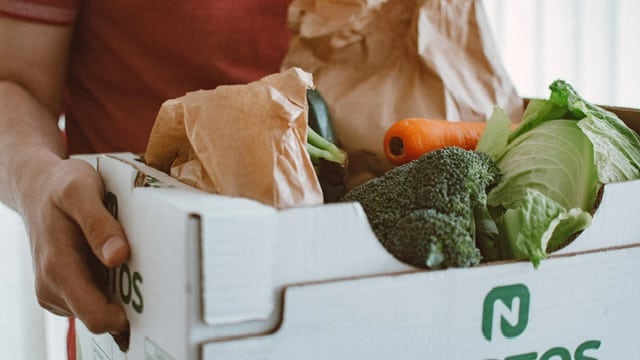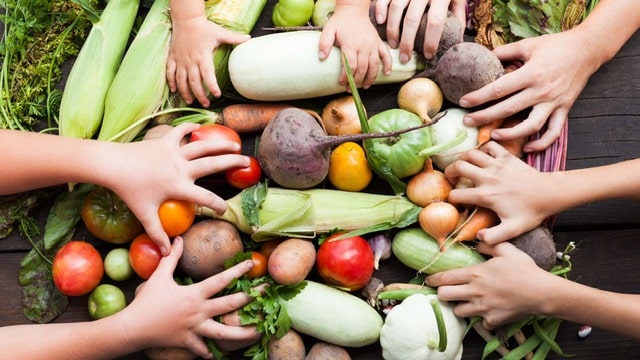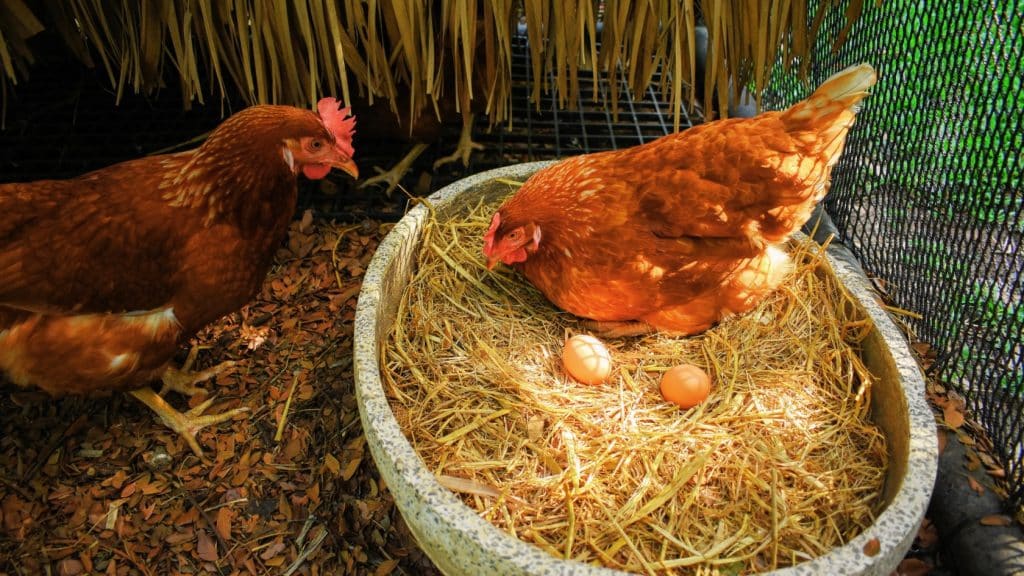Millions of Americans rely on food pantries as a lifeline—especially in times of economic hardship, natural disaster, or simply when ends don’t meet. But that lifeline is now in serious jeopardy.
Recent decisions by the federal government—particularly the USDA—have included significant funding cuts to programs that support the national food banking system. The ripple effects of these cuts will be felt in food pantries and soup kitchens across the country, with the heaviest burden falling on the shoulders of low-income families, children, and seniors who are already food insecure.
A Crippling Blow to Food Banks
At the heart of the issue is the reduction of funds for The Emergency Food Assistance Program (TEFAP), which provides USDA-purchased food and administrative support to food banks along with reductions in funding for other food and nutrition related programs. These programs have long been a backbone of the charitable food system, ensuring that food pantries can meet rising demand with reliable staples.
These cuts come at a time when food pantries are already stretched thin. The post-pandemic landscape has been marked by inflation, supply chain challenges, and an increase in families turning to food pantries for help—many for the first time. With fewer federal resources, food pantries will be forced to make impossible choices: turning people away, reducing the amount of food per household, or cutting operating hours.
The Hidden Cost: Health
Food insecurity isn’t just about empty cupboards. It’s a health issue.
When families can’t access healthy, nourishing food, they’re more likely to suffer from diet-related illnesses such as obesity, diabetes, hypertension, and heart disease. For children, lack of adequate nutrition can stunt development and impair learning. For seniors, it can exacerbate chronic conditions and lead to hospitalization.
These cuts don’t just mean fewer meals—they mean worsening health outcomes for millions.
A Moment to Act
AmpleHarvest.org believes that no food, especially fresh food, should go to waste when people are going hungry. Our work connects America’s 62 million gardeners with local food pantries enabling them to share surplus harvests year after year, especially when the traditional systems fall short.
The current crisis calls for large scale grass root solutions like AmpleHarvest.org with its 16 years of experience in helping ordinary Americans get more nutritious food to local food programs as zero cost to the community.
What You Can Do
- Learn how AmpleHarvest.org works. Check out a short video at www.AmpleHarvest.org/Closeup to see one gardener, one food pantry, and one hungry family bridged together by the need and the opportunity to address that need.
- Urge your local food pantry to register at AmpleHarvest.org: If you belong to a house of worship, there is a good chance it houses a food pantry or soup kitchen. Contact them directly or ask your faith leader to, on your behalf, urge them to join AmpleHarvest.org if they haven’t yet done so.
- Donate your surplus harvest: If you garden, consider expanding your garden explicitly for growing more food (see Bonnie Plant’s Grow More Feed More program to learn more. And when you start harvesting, visit www.AmpleHarvest.org to find a food pantry near you that is eager for your help. If you don’t garden, I’m sure you know one. Tell them that the solution to hunger is in their back yard.
- Help AmpleHarvest.org scale into more communities. AmpleHarvest.org is at work in more than 5,600 communities nationwide, but there are thousands more we have yet to reach. Your support can make that happen faster than ever.
This is not about politics or policy. This is about you and your community stepping up at a time when funding has been cut, thousands are losing their jobs, and the risk of more difficult economics looms on the horizon.
It is also about justice, dignity, and health. Together, we can push back against hunger and malnutrition to make sure every family has the nourishment they need to thrive.



